
Skeletal remains collected from 46 Bohemian and Moravian ossuaries were of an age corresponding to cold climatic fluctuations in the past millennium. It seems that climatic events, associated with limited solar activity, influenced the production of plant food. The values of δ15N and δ13C have a linera dependence, indicating a predominant sources of protenins. Simultaneously, the compositions of the bone collagen exhibited differences in the isotopic compositions of C and N, which could be caused by the better management in smaller municipalities and as a consequence of the availability of plant protenins with a higher content of the heavier isotopes of nitrogen or greater availability of animal proteins.
Smrčka V., Mihaljevič M. (2024): Depositing sskeletal remains in Czech and Moravian ossuaries and associated climatic variations. Radiocarbon 66, 552-567. (DOI)








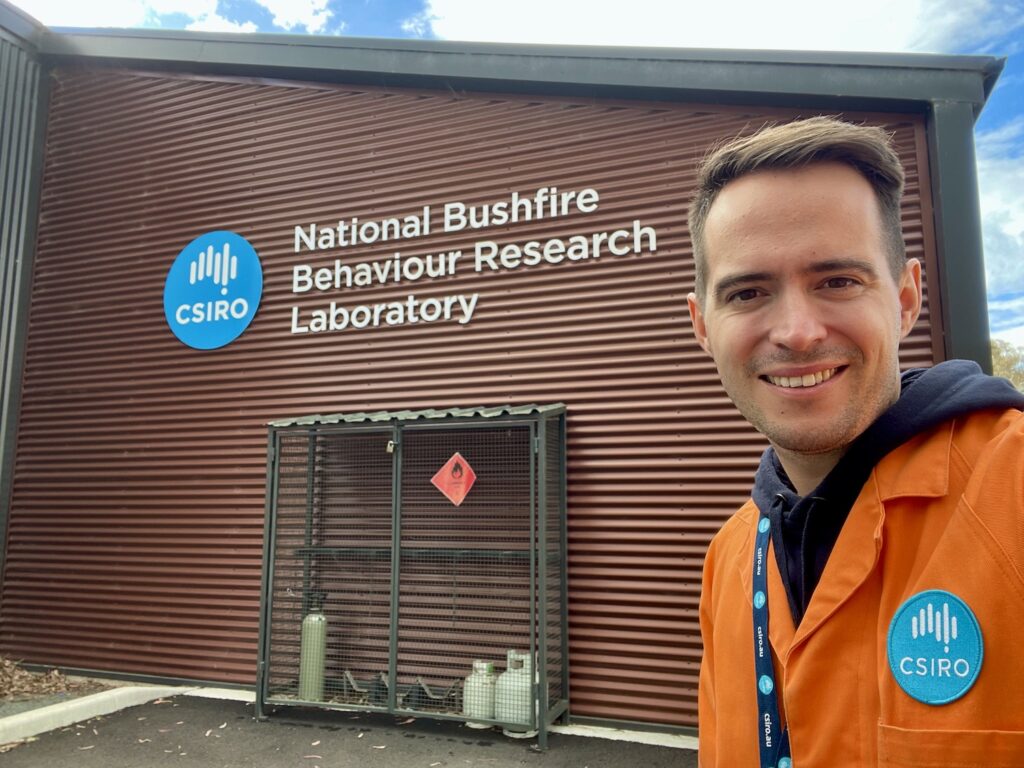
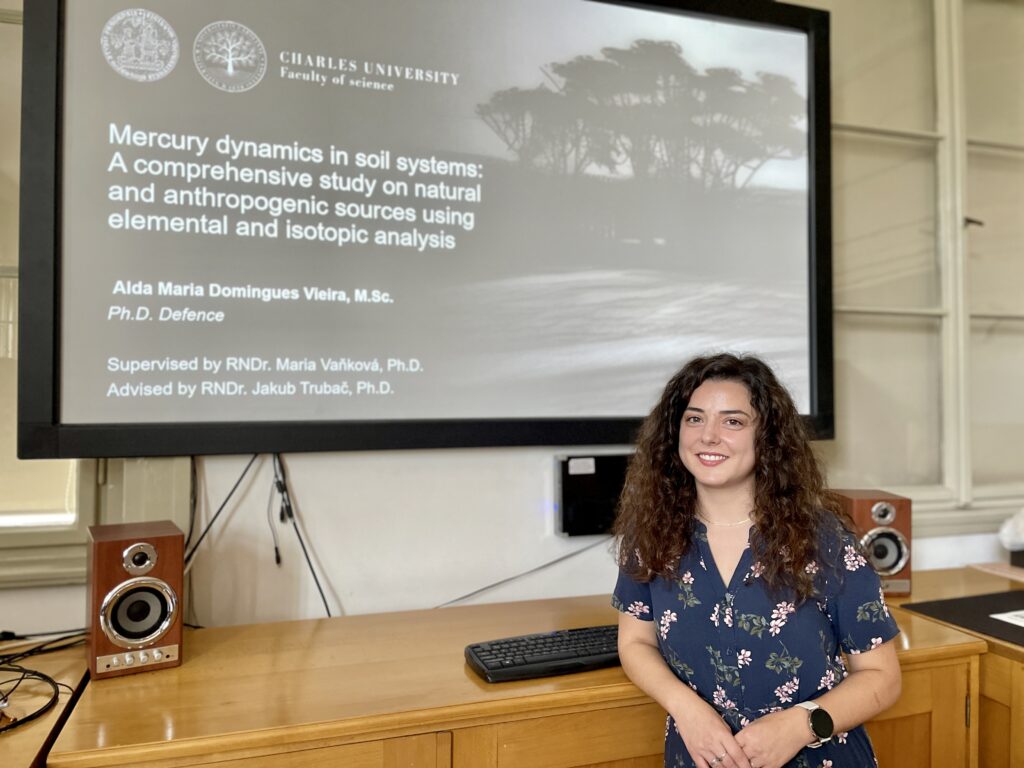
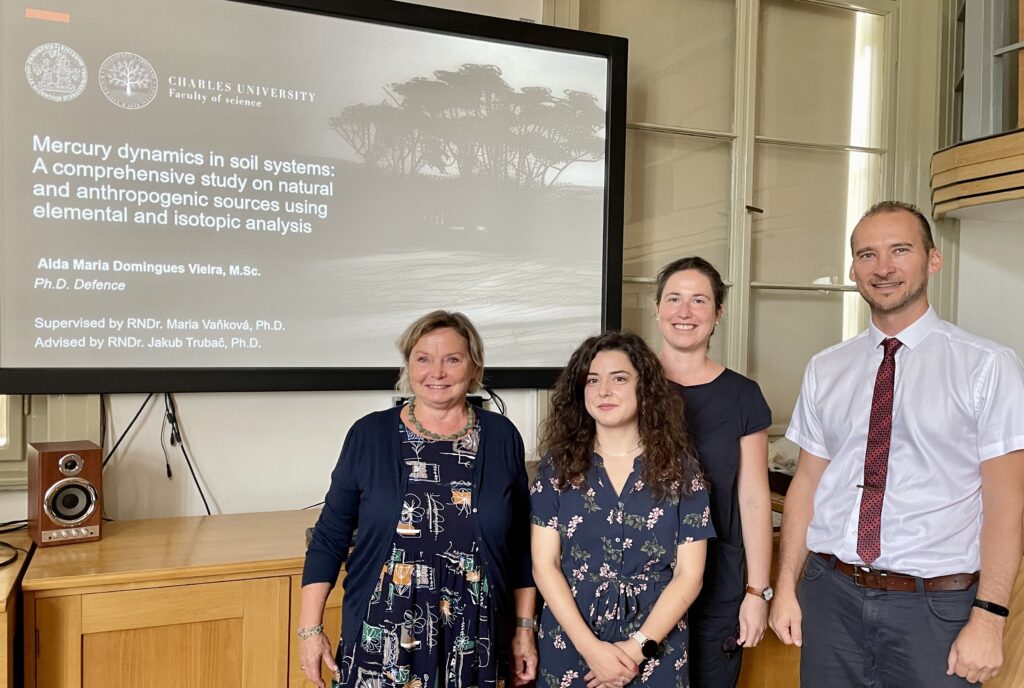
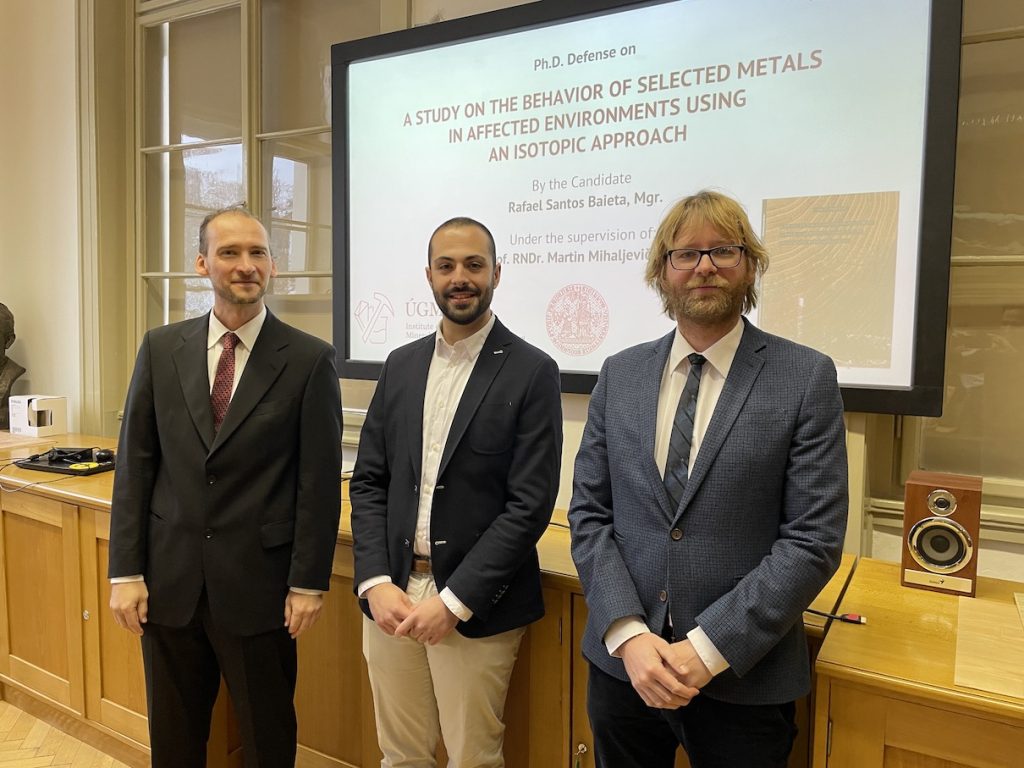
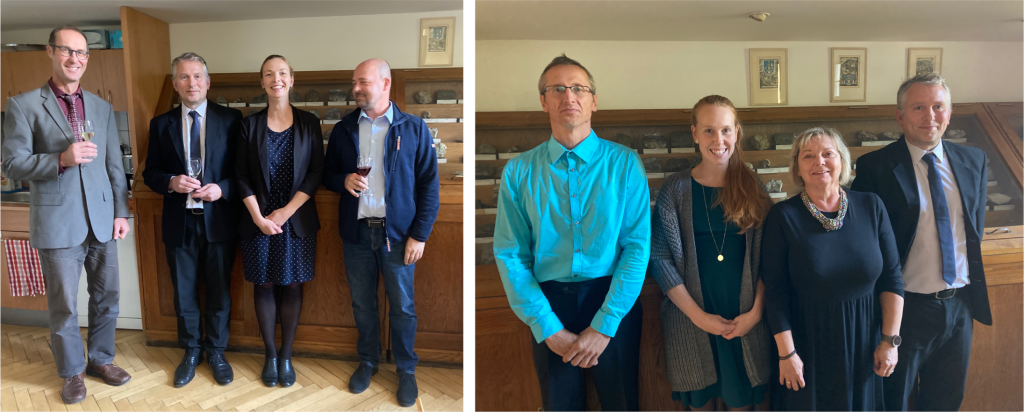
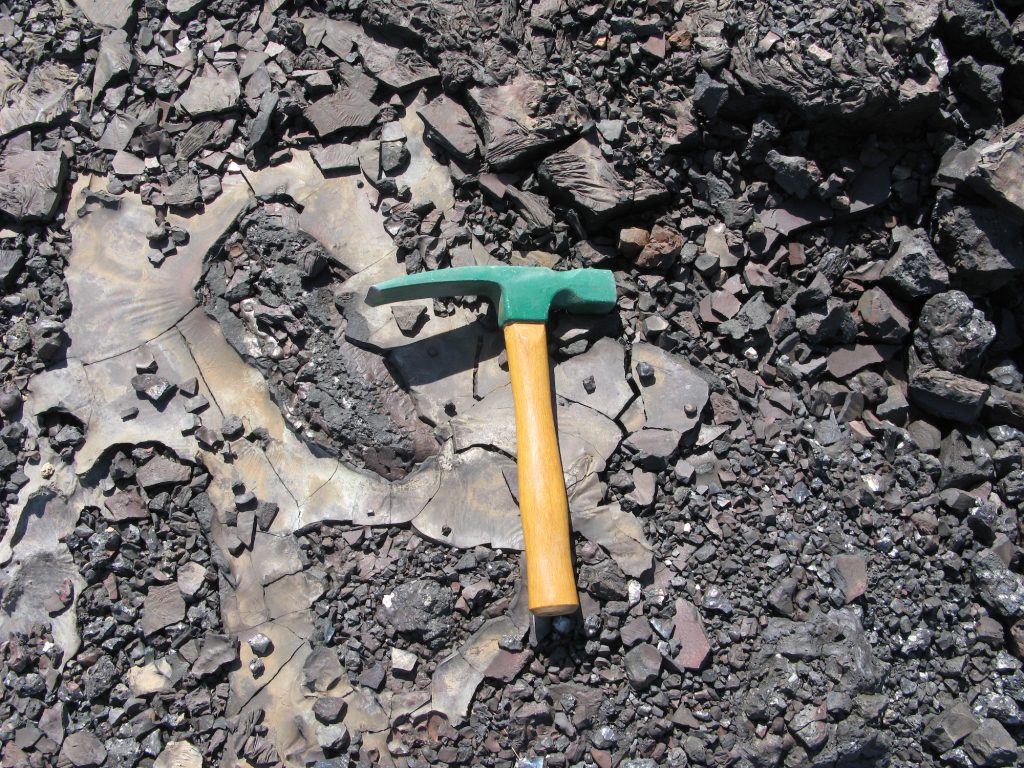
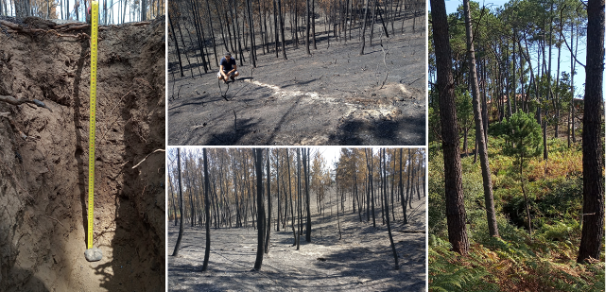
 On Thursday 30th September 2021, Marek Tuhý successfully defended his PhD thesis entitled “Wildfires in polluted areas: mineralogical transformations and remobilization of metal(loid)s“. The thesis was supervised by prof. Vojtěch Ettler and reviewed by Dr. Isabel Campos (University of Aveiro, Portugal) and Dr. Tomáš Navrátil (Institute of Geology, CAS). Congratulations!
On Thursday 30th September 2021, Marek Tuhý successfully defended his PhD thesis entitled “Wildfires in polluted areas: mineralogical transformations and remobilization of metal(loid)s“. The thesis was supervised by prof. Vojtěch Ettler and reviewed by Dr. Isabel Campos (University of Aveiro, Portugal) and Dr. Tomáš Navrátil (Institute of Geology, CAS). Congratulations!